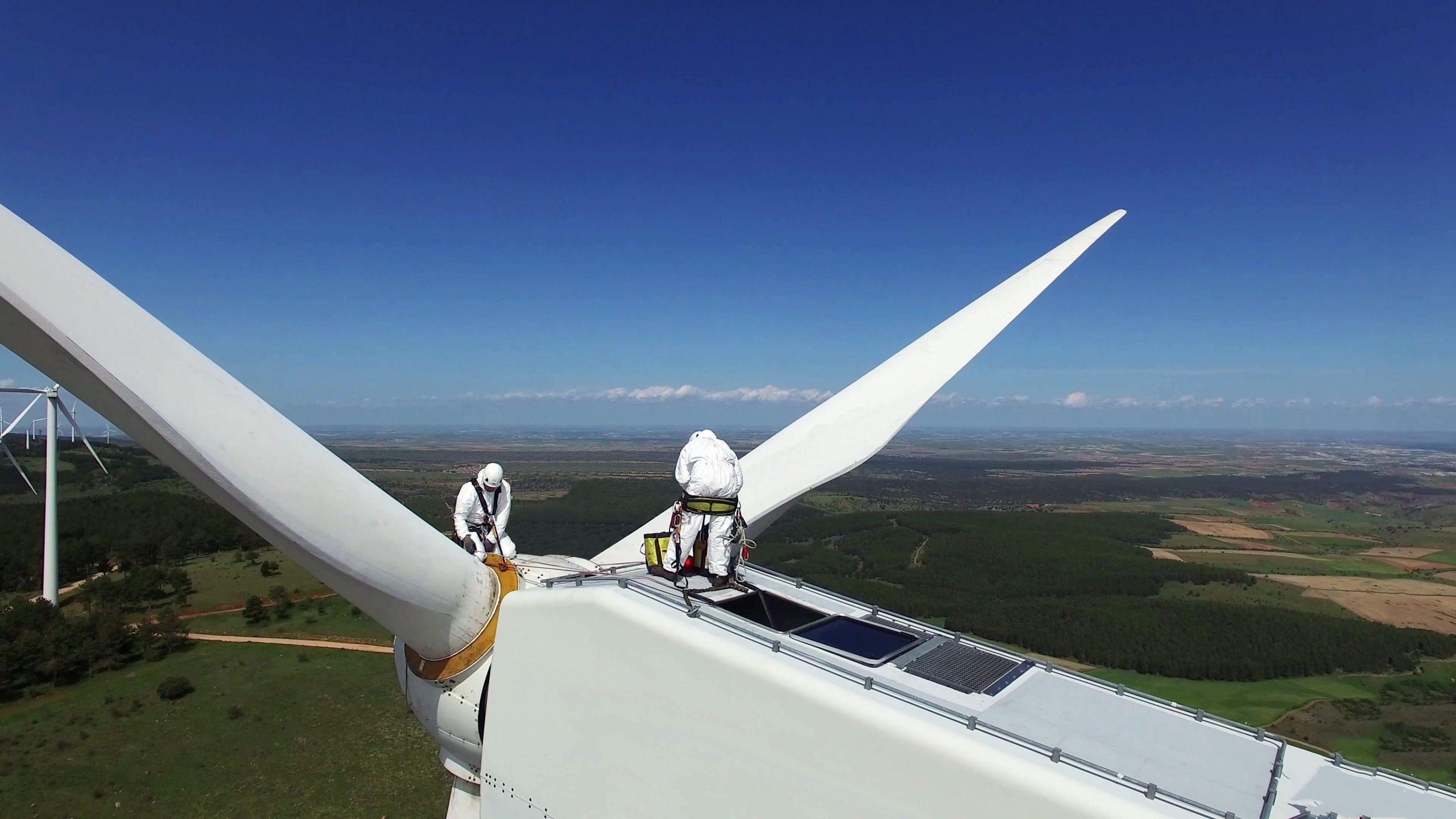South Korea
South Korea’s solar and nuclear generation have helped drive a decline in power sector emissions in recent years
Anchor point: Overview
Highlights
South Korea generated 38% of its electricity from clean sources, below the global average of 39%.
In 2023, South Korea relied on fossil fuels for 62% of its electricity in 2023, ranking as the G20’s second-highest emitter per capita.
South Korea’s largest single source of low-carbon electricity is nuclear (29%), but its combined share of wind and solar (5%) lags behind the global average (13%) and its neighbours Japan (12%) and China (16%). Despite this, solar has already saved the country billions in fossil fuel costs.
South Korea’s power sector emissions grew in the last two decades as increasing demand for electricity was met predominantly by coal and gas, but emissions reached their peak in 2018 as solar and nuclear power increased and replaced coal.
South Korea aims for 20% renewable electricity by 2030, while the IEA’s Net Zero Emissions scenario sets out a global target of 60% renewable electricity by 2030.
Anchor point: Data
Anchor point: Insights
Anchor point: Experts

